New Approach Successfully Reduces Postcesarean Opioid Use
 Oral opioids are regularly prescribed in the United States following cesarean delivery. But in the face of the growing opioid epidemic, the wisdom of this practice is under increasing scrutiny.
Oral opioids are regularly prescribed in the United States following cesarean delivery. But in the face of the growing opioid epidemic, the wisdom of this practice is under increasing scrutiny.
Read More
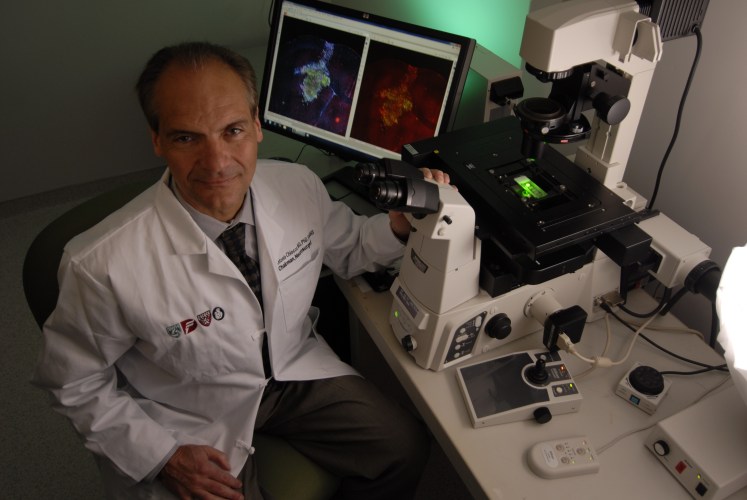 Physician-investigators in the
Physician-investigators in the 
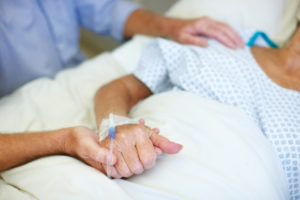 When an older person suffers a trauma resulting in multiple broken bones and other injuries, often due to a fall or car accident, ensuring he or she gets appropriate care can be challenging. This is especially true when health care providers don’t have training or experience in geriatrics.
When an older person suffers a trauma resulting in multiple broken bones and other injuries, often due to a fall or car accident, ensuring he or she gets appropriate care can be challenging. This is especially true when health care providers don’t have training or experience in geriatrics.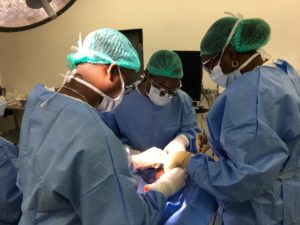 The expertise of the physicians and surgeons at Brigham and Women’s Hospital benefits patients well beyond New England. Through
The expertise of the physicians and surgeons at Brigham and Women’s Hospital benefits patients well beyond New England. Through  The PARTNER-3 Continued Access Trial: TAVR in low-risk patients
The PARTNER-3 Continued Access Trial: TAVR in low-risk patients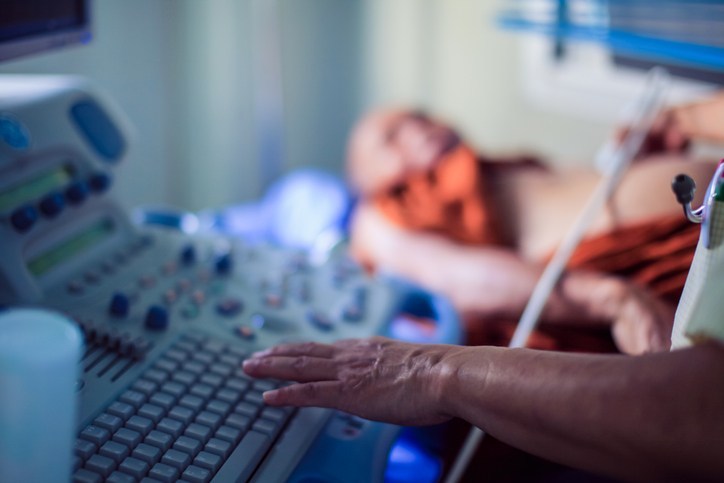 All patients who undergo a cardiac procedure at the Aortic Disease Center are placed on a list. After discharge, these patients are systematically followed via a robust post-operative tracking system. Issues that crop up are spotted fast.
All patients who undergo a cardiac procedure at the Aortic Disease Center are placed on a list. After discharge, these patients are systematically followed via a robust post-operative tracking system. Issues that crop up are spotted fast.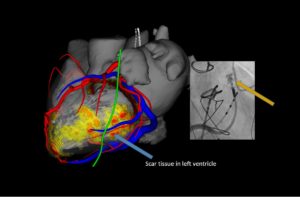 Catheter ablation has become an important therapy for patients with ventricular tachycardia (VT). However, it has been a challenge to access arrhythmia sources deep within the heart muscle with the use of conventional approaches.
Catheter ablation has become an important therapy for patients with ventricular tachycardia (VT). However, it has been a challenge to access arrhythmia sources deep within the heart muscle with the use of conventional approaches.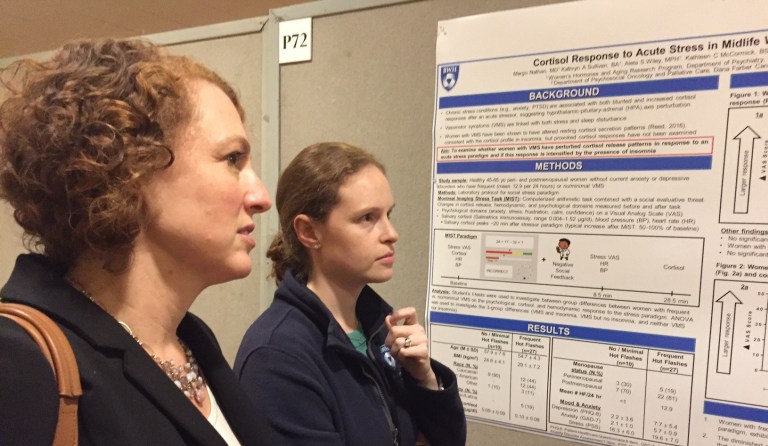 Perimenopausal mood changes and depression are experienced in some form by about one-fourth of women undergoing the transition to menopause. Yet until recently, there was no formal direction for healthcare providers in identifying and treating this condition. That changed in September 2018, when a panel led by the National Network of Depression Centers with the support of the North American Menopause Society published the
Perimenopausal mood changes and depression are experienced in some form by about one-fourth of women undergoing the transition to menopause. Yet until recently, there was no formal direction for healthcare providers in identifying and treating this condition. That changed in September 2018, when a panel led by the National Network of Depression Centers with the support of the North American Menopause Society published the  Study identifies key factor leading to cell cycle arrest and a cellular structure that is key for kidney fibrosis progression.
Study identifies key factor leading to cell cycle arrest and a cellular structure that is key for kidney fibrosis progression.